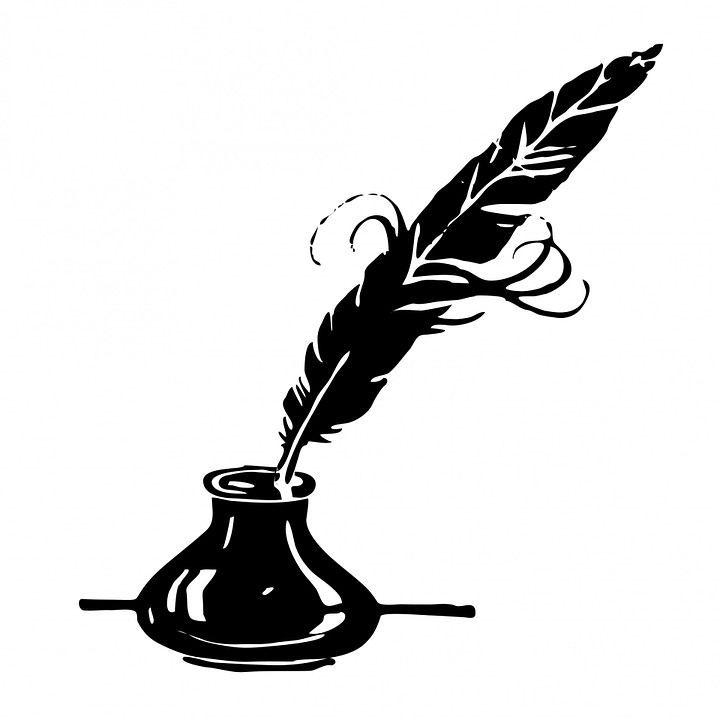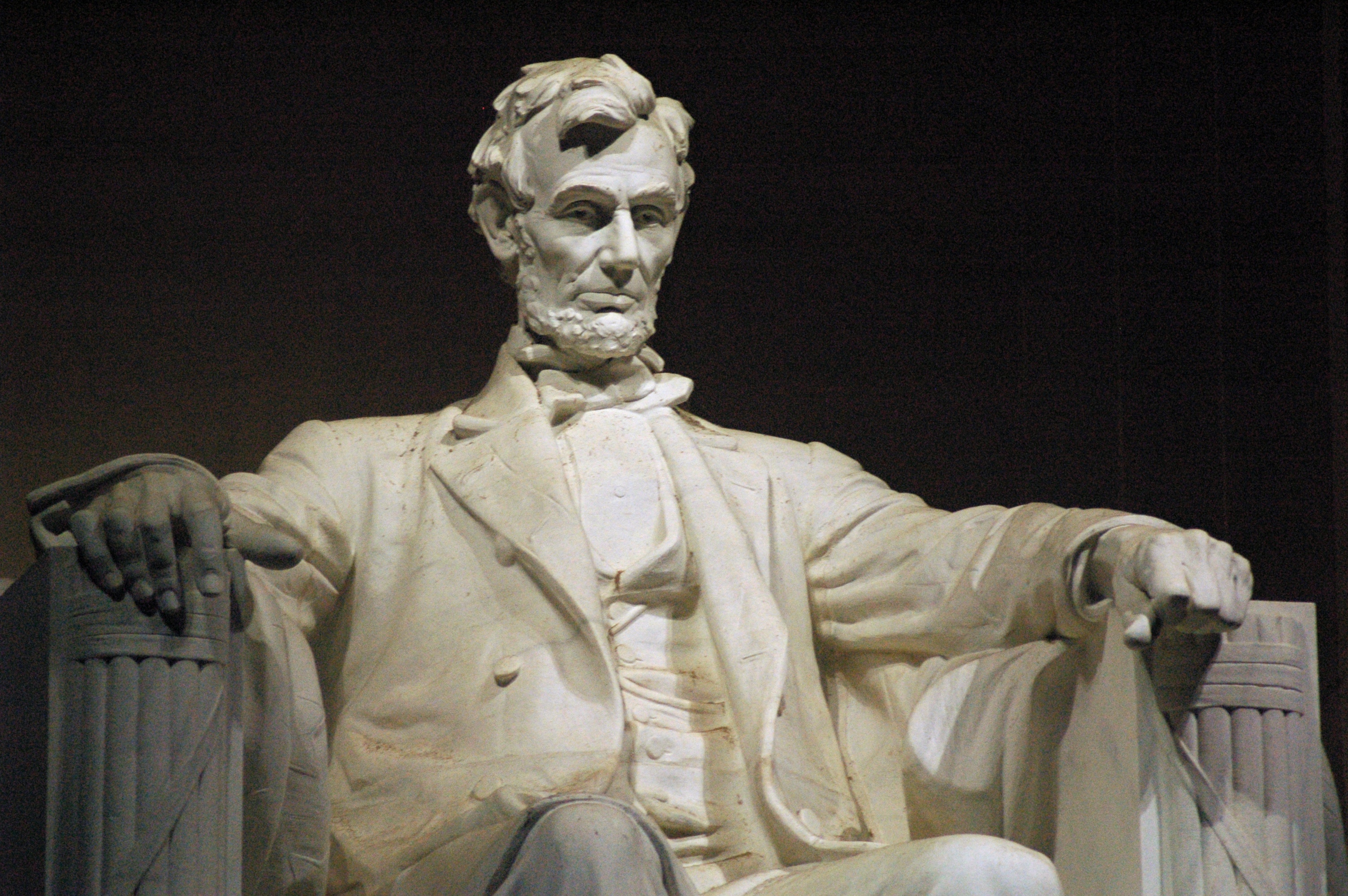
Writer Encouragement
Take Time To Help
We’ve all been there—overwhelmed by our own lives and then someone asks us to take the time to help…
April 11, 2019
We’ve all been there—overwhelmed by our own lives and then someone asks us to take the time to help…
April 11, 2019
I recently went to Rhode Island for some book research and flew economy class—of course. I am a writer…
October 11, 2018
by Sandra Merville Hart Mark Twain’s life was at a pivotal moment in the 1860s. He was out of…
November 21, 2016
Historical authors can glean a wealth of information from old photos. They give an unintentional glimpse into everyday life…
November 19, 2016
I watched a movie set in the 1800s recently where a child said, “Cool!” He didn’t refer to the…
October 21, 2016
by Sandra Merville Hart Last month we talked about the author of Charlotte’s Web, E.B. White, and the…
September 20, 2016
by Sandra Merville Hart With the celebration of Presidents Day this month, Americans may remember the very famous Gettysburg…
February 15, 2016